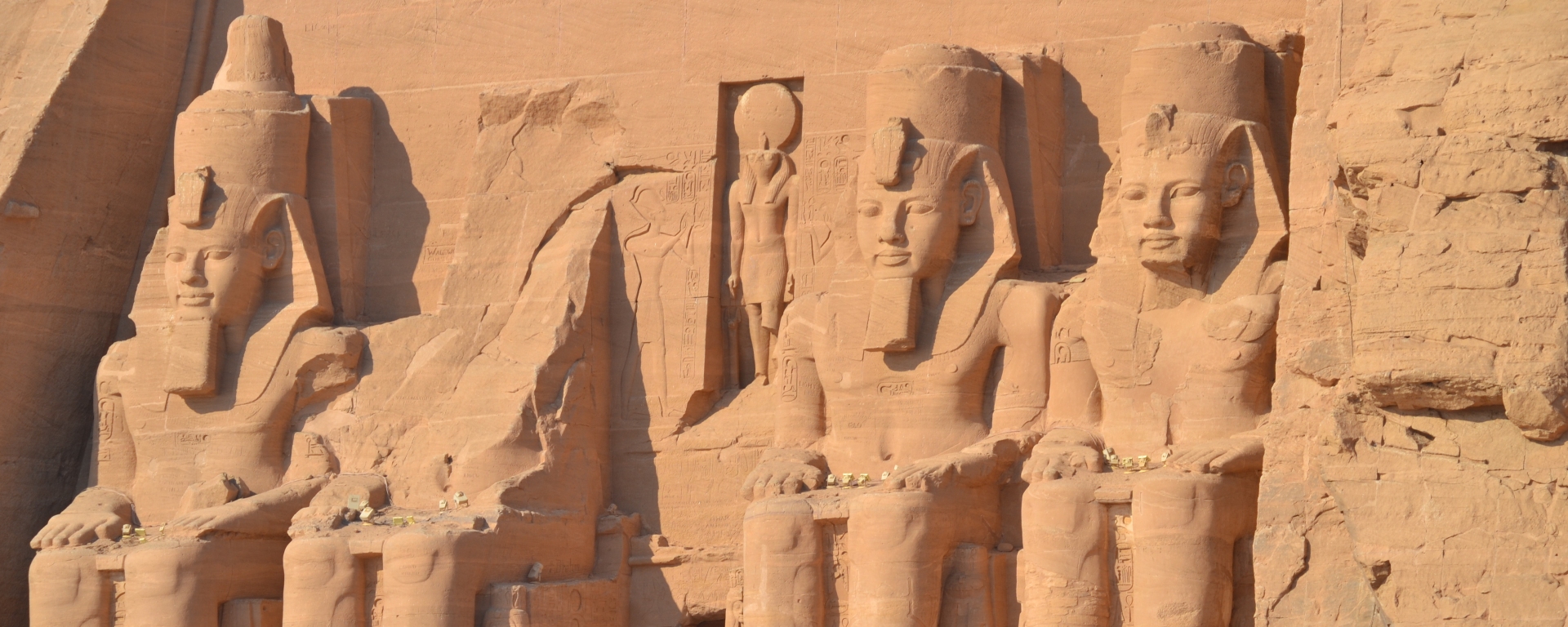Carved into the cliff of the Nubian mountains in Aswan, the towering giant statues of Abu Simbel sits like immortal sentinels, gazing out into the vast blue and guarding the secrets of Egypt and the history of its pharaohs for more than 3000 years.
While the temples of Abu Simbel were already famous, it was made even more popular when it graced the screens through movies like the Mummy Returns and Death on the Nile and became a must visit place in Egypt that shouldn’t be left unseen.
Though the temples stay preserved in all it’s glory, this mystifying feat of architecture and engineering was once lost to the world as the era of Ancient Egypt came to an end. It wasn’t until 1813 when it was discovered by the Swiss explorer Jean-Louis Burckhardt that Abu Simbel became known to the world once more.
It took four years for the sand to be cleared from outside and inside the temple by Giovanni Belzoni to make the access possible.
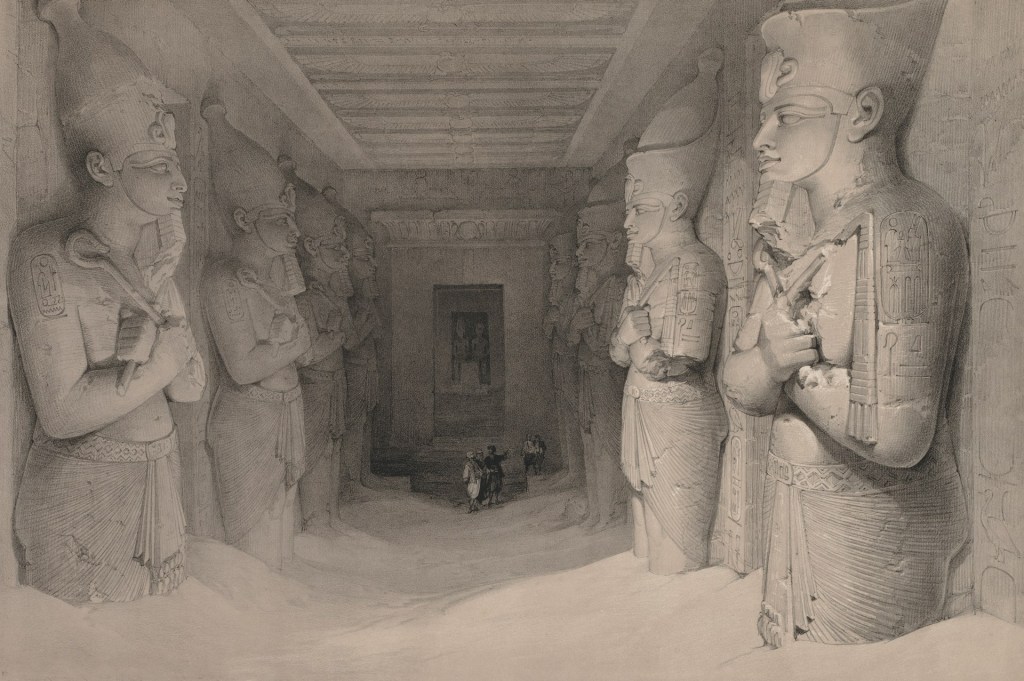
More local stories tell that it wasn’t the Swiss explorer that found the temple but a young Egyptian boy who walked in on the head of Abu Simbel temple protruding from the sands. He then took Burckhardt and Belzoni to see the temples.
The young boys’ name is believed to be Abu Simbel and the temple is named after him. There is even a folk song dedicated to the young lad and his journey on finding the Great temple of Ramses II.
That said, Abu Simbel wasn’t just built as a temple to honor Ramses II (the pharoah the temple belongs to) but it was also an imposing message, warning unwelcome travelers along the Nile that the Pharoah owns everything beyond this point, so carry on carefully.
The Great Temple of Ramses II
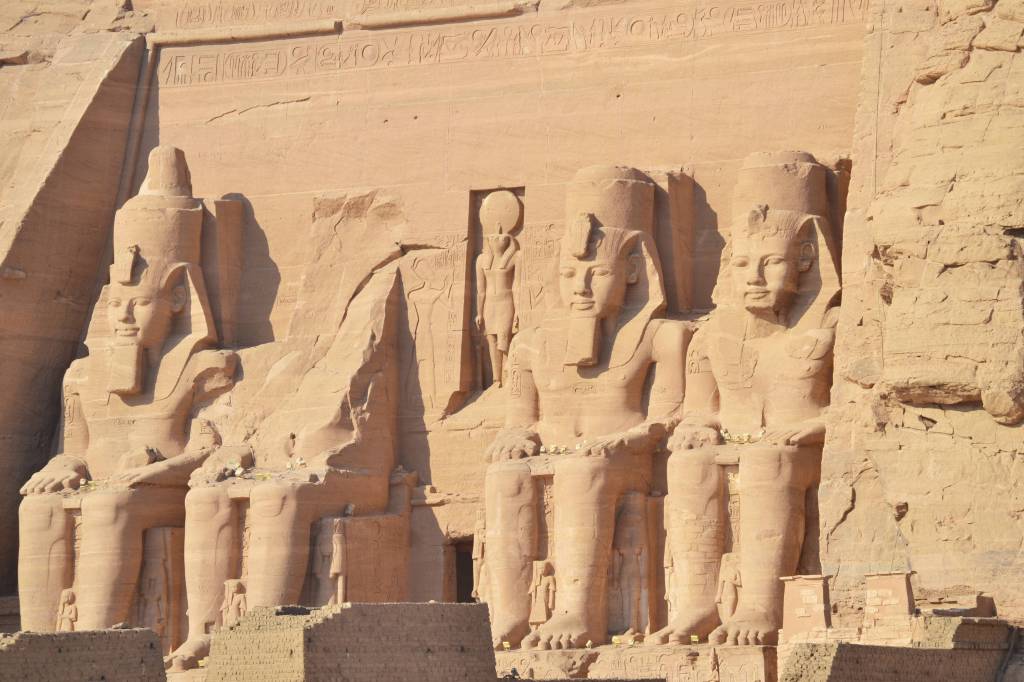
Four colossal statues sitting, carved onto the side of a mountain and staring into the vast river before them, is a sight that most travelers know about. The statues of Abu Simbel is as famous as the pyramids of Giza and equal in its grandeur.
The temple of Ramesses II, commissioned by the Pharoah himself, is a magnificent piece of Ancient Egyptian architecture that remains intact. Built in 1264 – 1244 BCE, the temple in all its glory, with its 20m high statues of the Ramses II, is dedicated to the deities Ra-Horakhty, Amun and Ptah as well as Ramses II himself.
On his feet are smaller statues of his most beloved people – his mother Queen Tuya, his wife Nefertari and a few of his favorite children. Above the entrance to the temple, a figure of the sun god Ra can be seen.
Once you enter through the doors, inside of Abu Simbel temple where a breathtaking sight of eight colossal statues of Ramses II in the traditional Osirian position welcomes you. Nothing speaks more ancient Egypt than this architecture. It’s almost like living in the scenes from The Mummy (1999) and Death on the Nile (2022).
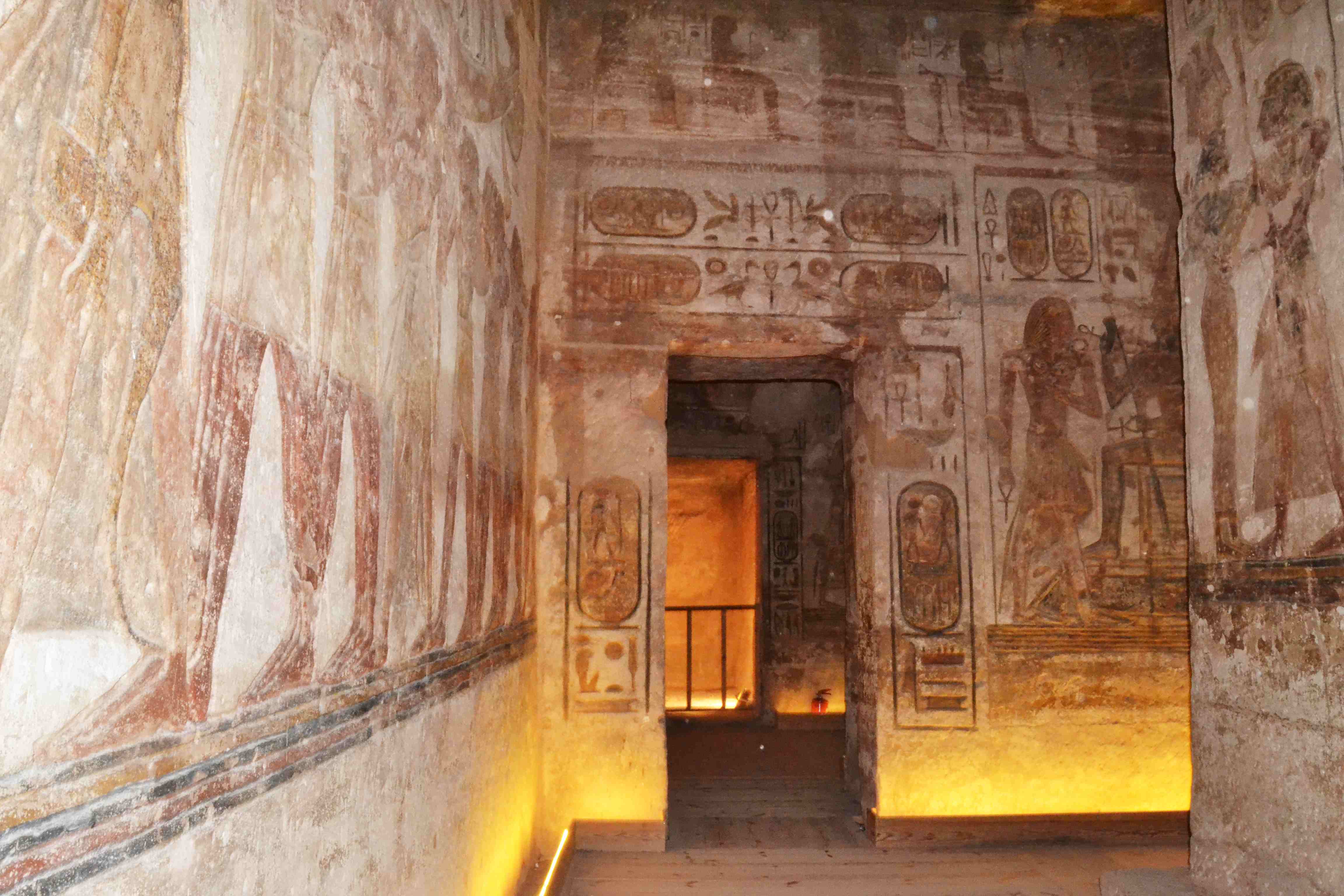
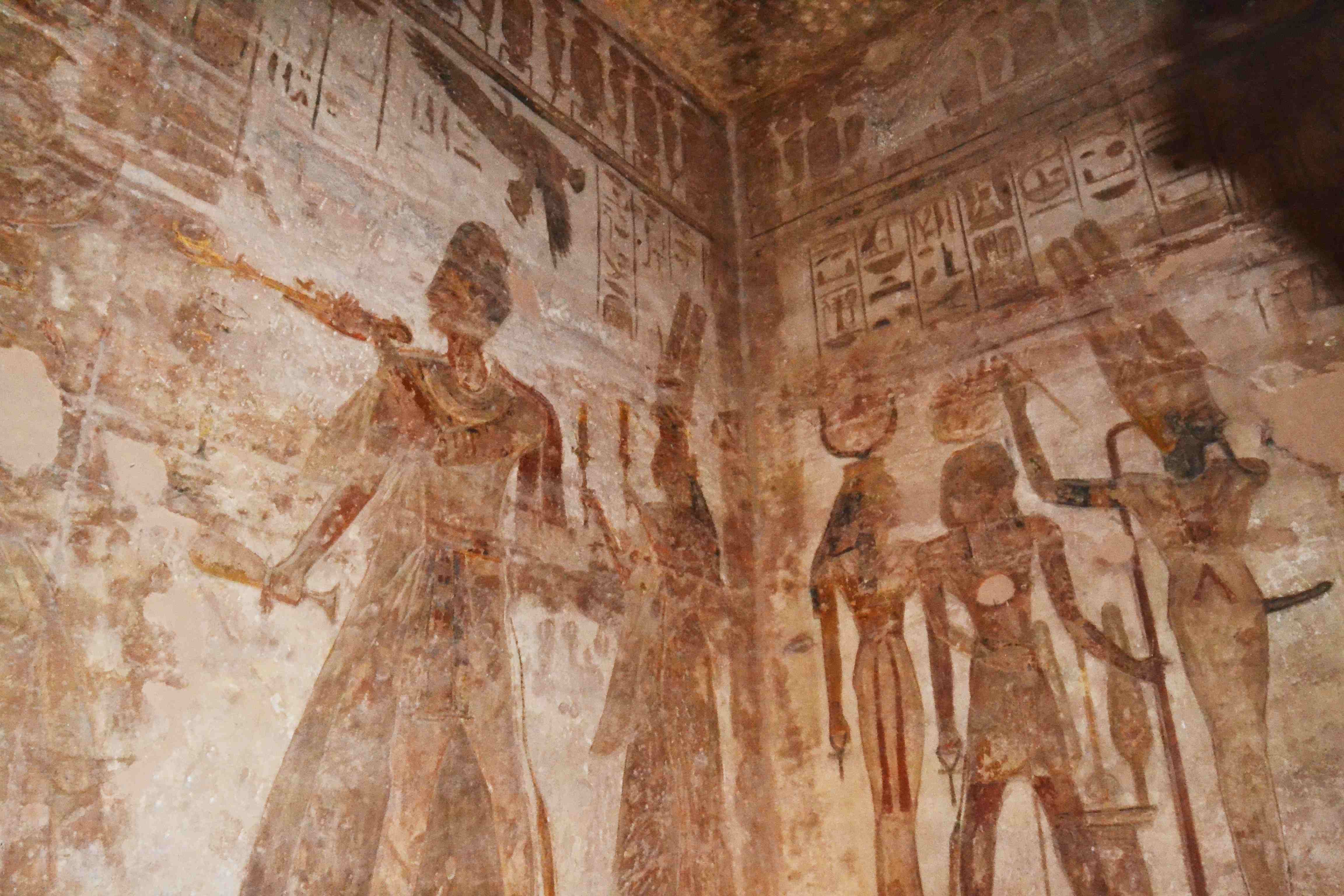
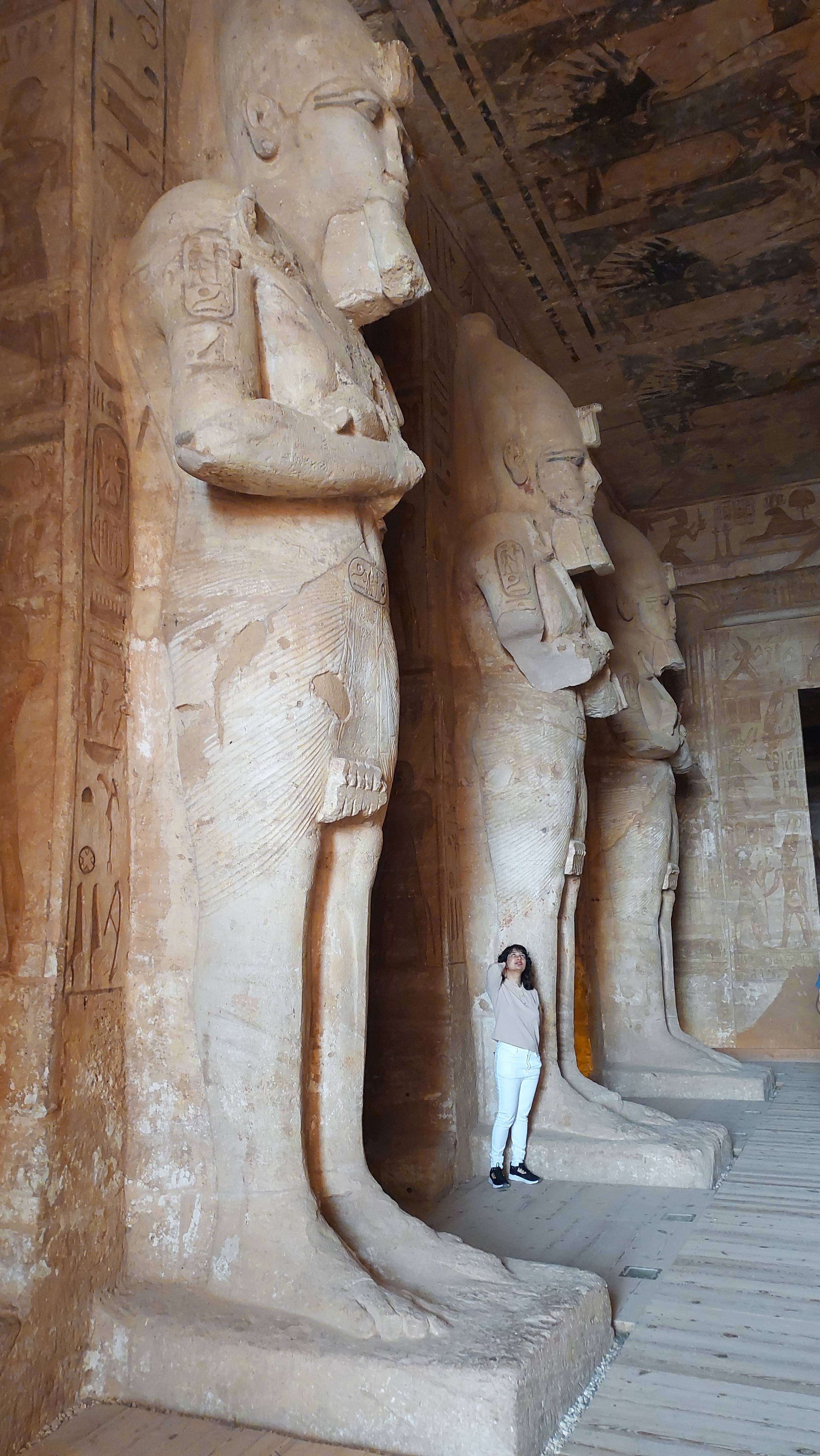
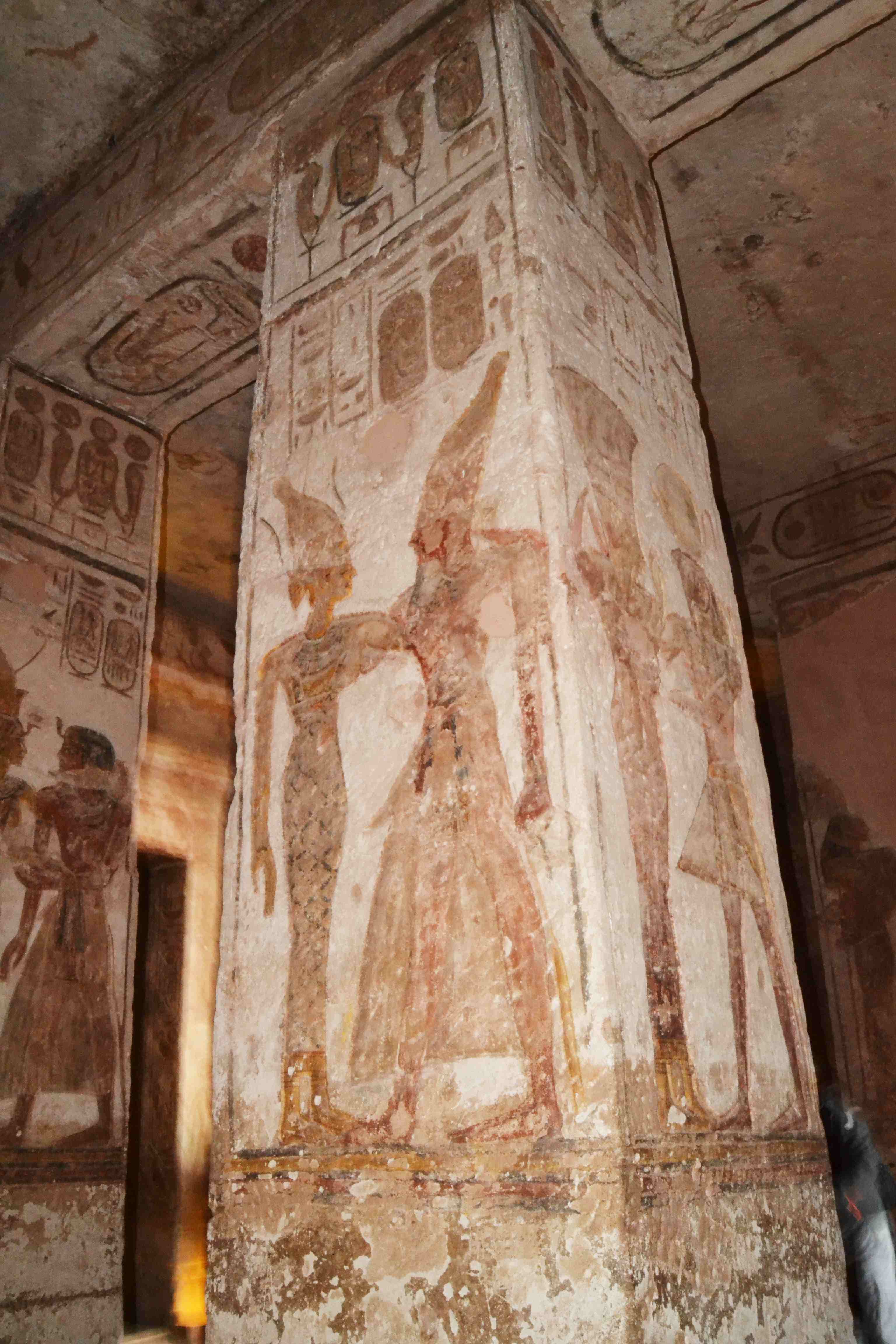
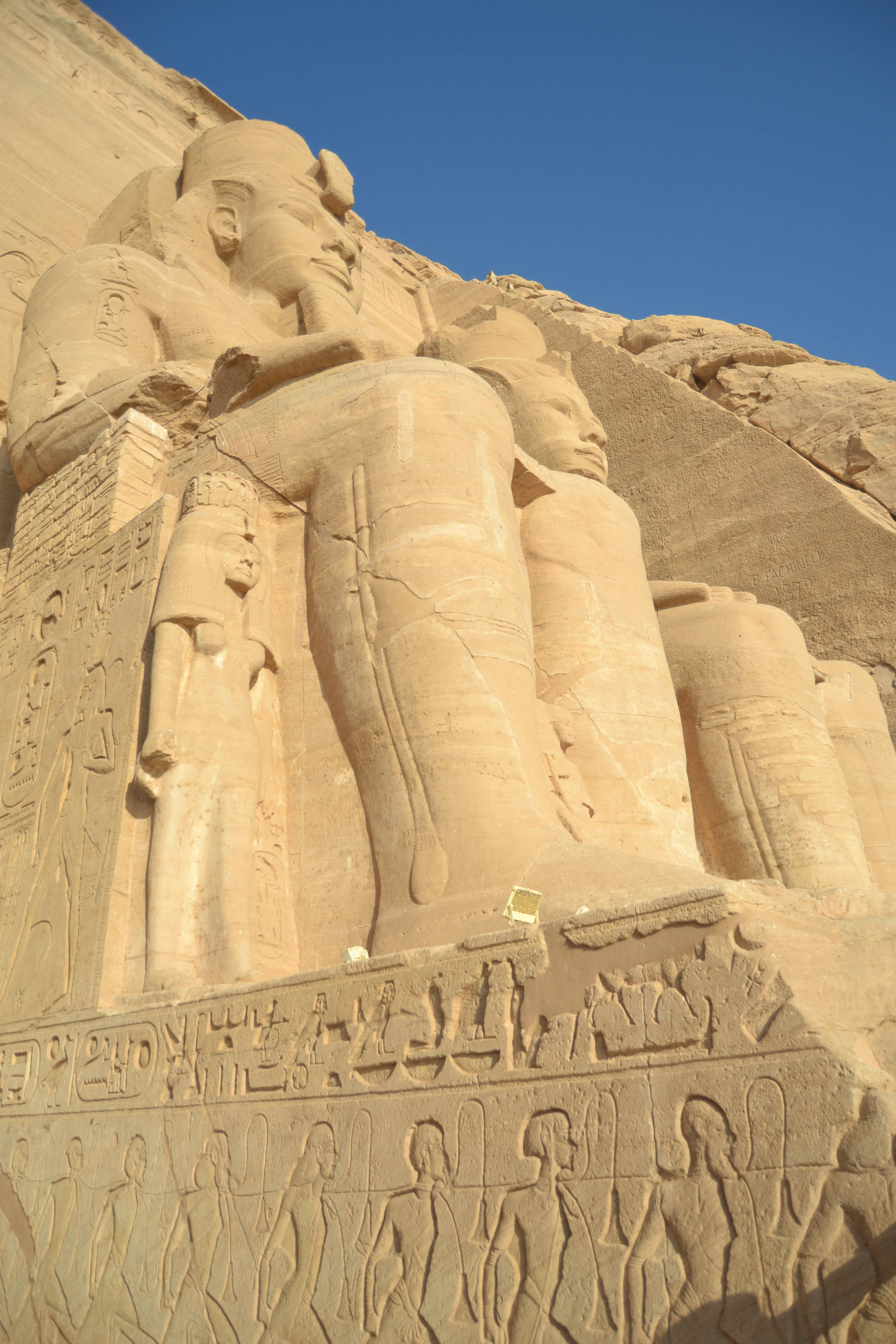
Image: Hieroglyphics and statues of Ramses II seen inside Abu Simbel Temple Photo Credit: AWO staff
While the eight standing pharaoh structures are enough to make your jaws drop, the rest of the hieroglyphics are nothing less. The ceiling of the temple is decorated with vultures that symbolizes goddess Nekhbet, protector of Upper Egypt and its rulers.
The walls, on the other hand, are covered with hieroglyphics depicting Ramses II’s life and rule. One of the striking stories these hieroglyphs depict is the famous Battle of Kadesh (1274 BC Syria), where Ramses II motivated his demoralized army and won the battle against the Hittites.
The temple also has several chambers and rooms dedicated to the gods, the Pharoah himself and his family members. A chapel also remains inside the temple with the personification of the gods Ra, Amun, Ptah and Ramses II sitting amongst them as he believed himself to be on the same level as the divine.
Another feat that makes the temple of Ramses II so great after its initial engineering is the second engineering that took place much, much later.
When the Aswan High Dam was sanctioned to be constructed between 1960 and 1970, a global concern arose about the outcome of Abu Simbel. Once the dam would be built, the great temple of Ramses II would be destroyed underwater.
So, to save this magnificent piece from vanishing from the face of the Earth and history itself, a worldwide aid came together under the direction of UNESCO to dismantle and relocate Abu Simbel to its current position.
Between 1964 and 1968, engineers, historians, archaeologists, and architects all came together, took the temple piece by piece and moved it safely to a higher ground. This relocation project became one of the most impressive and history-saving projects in history.
For His Beloved Queen – The Temple of Nefertari

A few feet away, a second temple is built into the area of Abu Simbel. This smaller temple, known as the Temple of Nefertari, was built for Ramses II’s most beloved queen as well as a dedication to the goddess Hathor. To showcase the pharaoh’s undying love for his favorite queen, the temple is built facing the sun in hopes that the sun will always shine on his dear wife.
The temple of Nefertari has a rock-cut architecture similar to the Great Temple of Ramses II. But instead of four colossal sitting statues, six 10m high statues of Nefertari and Ramses are seen standing at the entrance. The statues are built in equal height and footing – a rare sight as queens were always shown to be knee-height when compared to the king.
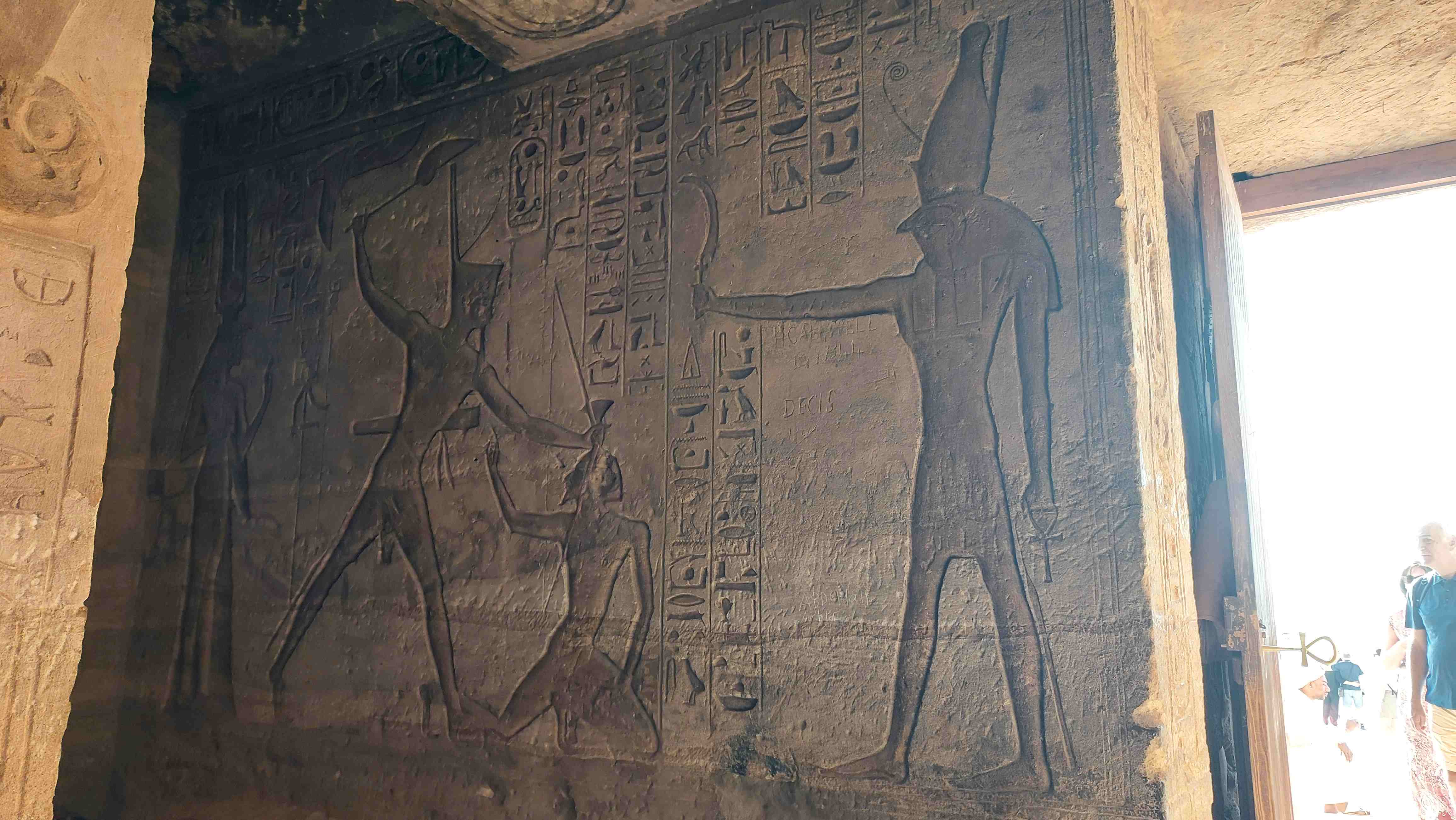


Image: Hieroglyphics of Pharoah Ramses, Nefertari and goddess Hathor seen in the temple of Nefertari at Abu Simbel Photo Credit: AWO Staff
Inside the Nefertari temple, the hall has six pillars with the bovine in the shape of Hathor. On the walls, hieroglyphics of Nefertari approaching the gods, equal to Ramses II, can be seen. The adjoining chambers is decorated with colorful scenes of Hathor and her sacred barque.
The Sunlight Phenomenon
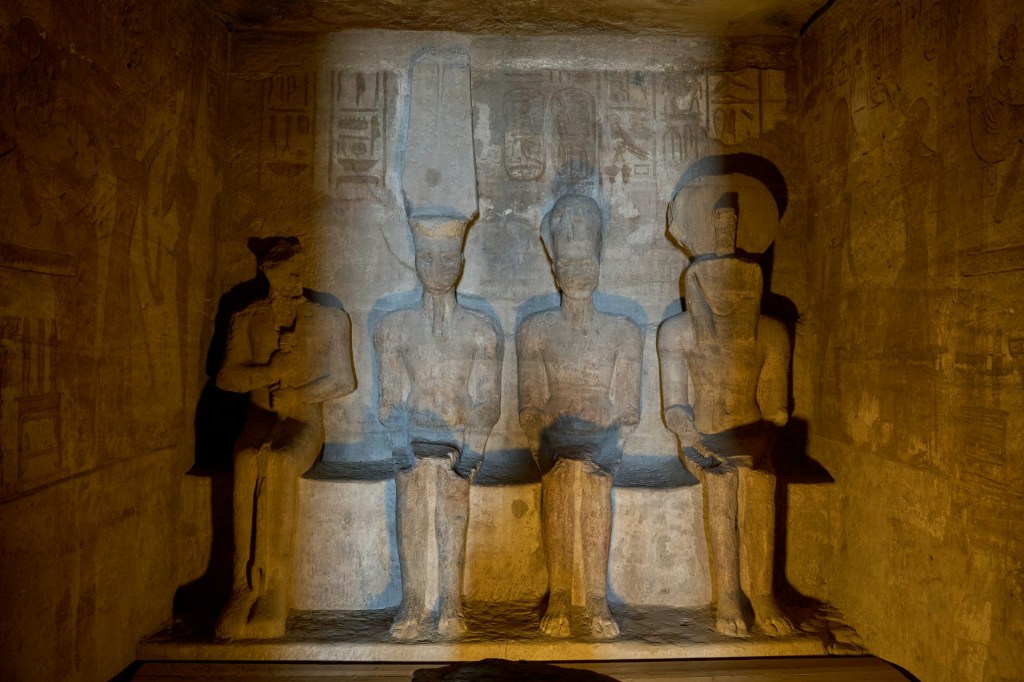
As if the temple’s vast expanse wasn’t awe-striking enough, to make Abu Simbel even more spectacular, every year, on February 22nd and October 22nd, a sunlight phenomenon takes place at the temple.
The ancient Egyptian architects created and positioned the temple in such precision that the winter’s rising sunlight would shine its way through the temple’s corridors and onto the three statues sitting in the back most chamber. The light would shine on the statues of Ramses II, Ra, and Ammon. Ptah, the fourth statue, would not receive the light as he was believed to be the god of darkness. Not once in 3200 years and counting, has Ptah’s statue seen light.
The original light phenomenon was supposed to be on February 21st (the pharaoh’s coronation day) and October 21st (Ramses II’s birthday). But after the temple was relocated, this date was changed to a day later.
How to get there by Nile Cruise, train or air

Being one of the most famous temples in all of Egypt, Abu Simbel gets tons of visitors every year though getting there needs a little bit more planning than visiting the Pyramids of Giza or the Karnak and Luxor temple in Luxor.
If you want to visit Abu Simbel, there are three main ways in getting there – through the Nile, by train or by roads as a day trip. Here’s a breakdown on these three methods:
Abu Simbel Tours with Nile Cruise Excursions
The most popular way is visiting Abu Simbel by boat. Most Nile cruises have package tours that takes travelers to Aswan, Abu Simbel, Edfu, Kom Ombo and Luxor (Valley of the Kings, Luxor Temple and Karnak Temple).
This is one of the most cost-effective ways to travel to Abu Simbel as you’ll also get to experience the rest of Egypt’s best highlights with a guide, included accommodation, transport and meals in the cruises. If you’re opting for a Nile Cruise, you can choose between:
- Group Nile Cruise tour from Luxor to Aswan
- Private Nile Cruise from Luxor to Aswan
- Group Nile cruise tour from Aswan
- Private Nile cruise tour from Aswan
- Nile Cruise from Cairo to Abu Simbel
By Train to Aswan or by flight
Another most used method of getting around Egypt is by sleeper trains. There are plenty of sleeping train to Aswan and these train tickets can be purchased from the government website. There are also plenty of domestic flights from Cairo and Luxor to Aswan and only takes an hour compared to an overnight 8-10 hour trip by train.
Bear in mind that Abu Simbel is a 3-hour drive from Aswan so even when you arrive in the city’s train station or airport, you’ll need to charter a car to Abu Simbel.
Private Car Transfers
Once you make your way to Aswan by train or flight, you can hire a private transfer or a guided tour to Abu Simbel by road. If you love road trips and want to experience Egypt through the lands, then you can also find plenty of car hires from Cairo to Abu Simbel or from Luxor to Abu Simbel.
Visit Abu Simbel With Our Help
Is planning a trip troublesome? Leave the planning to us and relax! If you want to go to Abu Simbel or anywhere else in Egypt, get in touch with our travel planning department and tell us your trip requirements. Our expert travel planning group will do the heavy work of sorting everything out for you.
**************
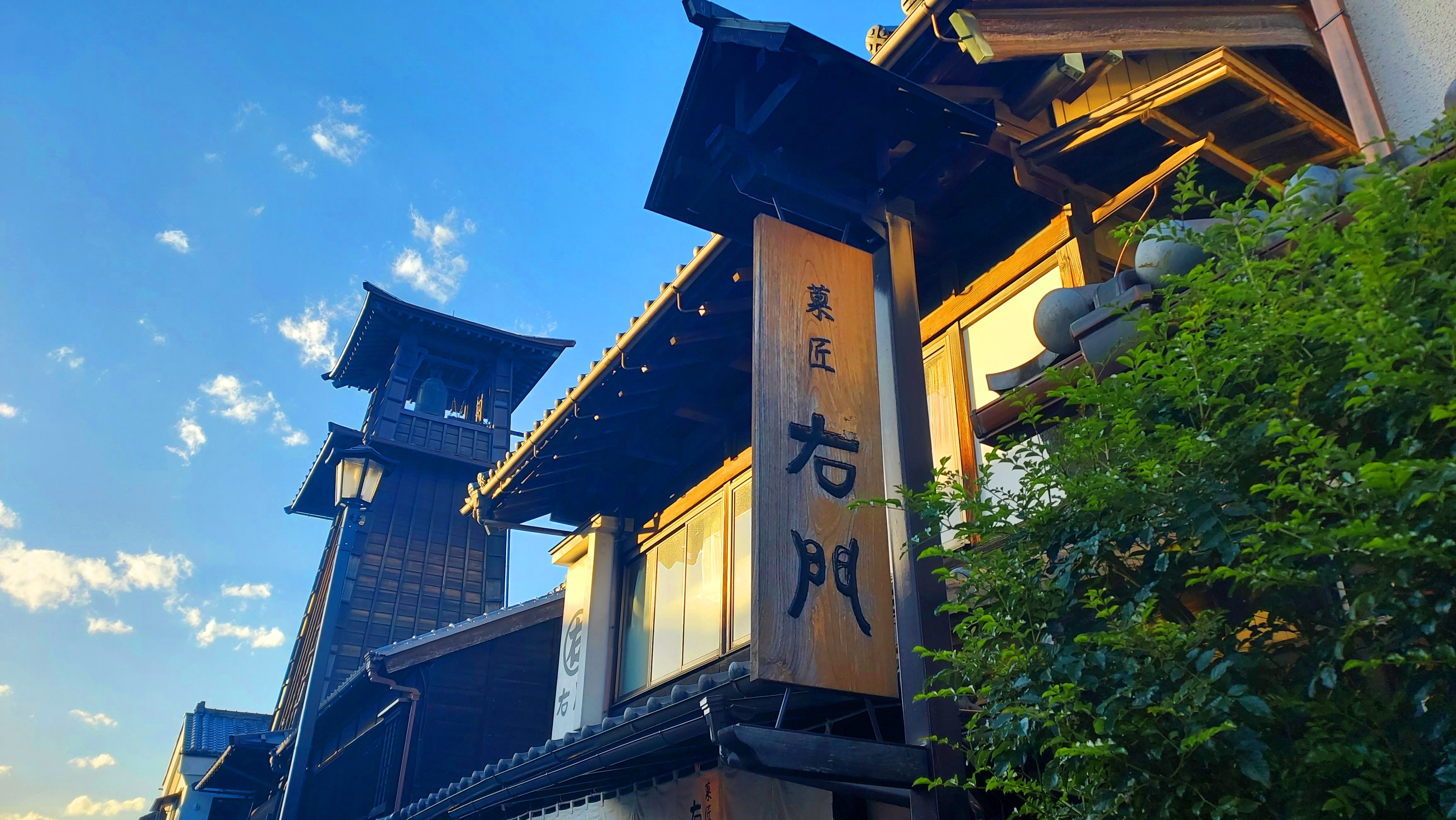
About At World’s Origins
Discover places from your favorite movies,
have an adventure through thick jungles and
explore ancient cities like an archaeologist
Newsletter
Get the latest info directly in your inbox and be the first
one to know about under the radar locations, great hotel deals in your fav cities, tour packages and awesome exclusive AWO merchandises.
Disclaimer: Photographs belonging to AWO cannot be shared without the owner’s permission. This post contains affiliate links where AWO may get a small commission from your purchases at no extra cost to you.

